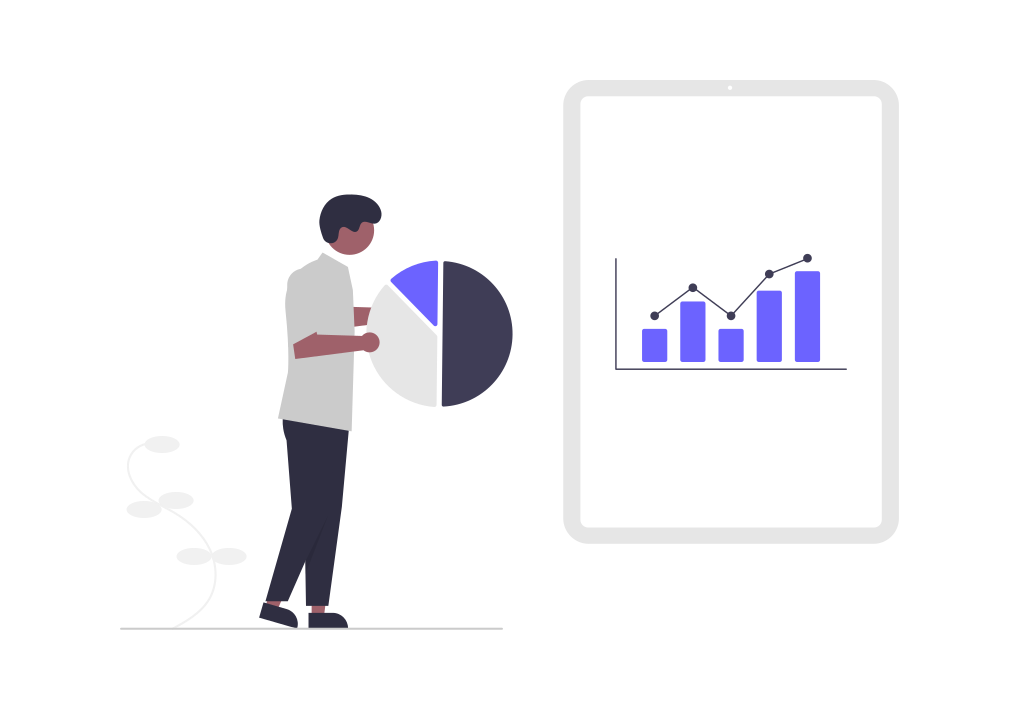In today's competitive landscape, businesses are increasingly relying on data-driven strategies to fuel growth and stay ahead of the curve. By leveraging advanced tools and technologies, companies can extract valuable insights, optimize operations, and drive significant revenue increases. This blog explores the essential tools and technologies that facilitate data-driven growth, ensuring your business remains agile and competitive.
1. Customer Relationship Management (CRM) Systems
CRM systems are the backbone of customer data management. They help businesses track and manage interactions with current and potential customers, providing a centralized repository for all customer information. Popular CRM systems like Salesforce, HubSpot, and Zoho offer features such as contact management, sales automation, and customer service management. By integrating CRM systems with other tools, businesses can gain a holistic view of customer interactions and behaviors, driving more effective marketing and sales strategies.
2. Marketing Automation Platforms
Marketing automation platforms streamline and automate marketing tasks, enabling businesses to execute multi-channel campaigns with precision. Tools like Marketo, Pardot, and Mailchimp help automate email marketing, social media posting, and lead nurturing. These platforms also provide detailed analytics and reporting, allowing marketers to measure campaign effectiveness and optimize strategies in real-time. By automating repetitive tasks, marketing teams can focus on strategic initiatives that drive growth.
3. Data Analytics and Business Intelligence (BI) Tools
Data analytics and BI tools transform raw data into actionable insights. Platforms like Tableau, Power BI, and Looker offer robust data visualization capabilities, making it easier to identify trends, patterns, and anomalies. These tools enable businesses to make data-driven decisions by providing real-time dashboards, predictive analytics, and advanced reporting features. By leveraging data analytics and BI tools, companies can uncover new opportunities, optimize operations, and enhance overall performance.
4. Customer Data Platforms (CDP)
CDPs consolidate customer data from various sources to create unified customer profiles. Tools like Segment, Tealium, and Treasure Data enable businesses to collect, clean, and integrate data from websites, apps, and other digital touchpoints. By centralizing customer data, CDPs provide a comprehensive view of customer interactions and preferences, allowing for more personalized marketing and improved customer experiences. These platforms are crucial for delivering targeted and relevant messages to the right audience at the right time.
5. Artificial Intelligence (AI) and Machine Learning (ML)
AI and ML technologies are revolutionizing the way businesses analyze data and make decisions. AI-powered tools like IBM Watson, Google AI, and Microsoft Azure AI offer capabilities such as predictive analytics, natural language processing, and image recognition. These technologies enable businesses to automate complex processes, enhance customer experiences, and gain deeper insights from their data. By leveraging AI and ML, companies can improve efficiency, reduce costs, and drive innovation.
6. Data Management Platforms (DMP)
DMPs collect and organize large volumes of data from various sources, enabling businesses to segment and target audiences more effectively. Tools like Oracle BlueKai, Adobe Audience Manager, and Lotame help businesses manage and activate their data for personalized marketing campaigns. By leveraging DMPs, companies can deliver more relevant ads, improve campaign performance, and increase ROI. These platforms are essential for businesses looking to harness the power of big data for growth.
7. Integration Platforms as a Service (iPaaS)
iPaaS solutions facilitate the integration of disparate systems and data sources, ensuring seamless data flow across the organization. Platforms like MuleSoft, Dell Boomi, and Jitterbit enable businesses to connect applications, automate workflows, and synchronize data in real-time. By using iPaaS, companies can improve data accuracy, streamline operations, and enhance collaboration between teams. These platforms are critical for businesses looking to create a unified and efficient data ecosystem.
8. Cloud Data Warehousing
Cloud data warehousing solutions provide scalable and flexible storage for large datasets. Platforms like Amazon Redshift, Google BigQuery, and Snowflake offer robust data processing and querying capabilities, enabling businesses to analyze vast amounts of data quickly. Cloud data warehouses support advanced analytics, real-time data processing, and cost-effective storage, making them essential for businesses looking to leverage big data for growth.
9. Predictive Analytics Tools
Predictive analytics tools use statistical algorithms and machine learning techniques to predict future outcomes based on historical data. Tools like SAS Predictive Analytics, RapidMiner, and Alteryx help businesses identify patterns, forecast trends, and make data-driven decisions. By leveraging predictive analytics, companies can anticipate customer behavior, optimize marketing campaigns, and improve operational efficiency.
10. Data Governance and Compliance Tools
As data privacy regulations become more stringent, businesses must ensure their data practices comply with legal requirements. Tools like OneTrust, TrustArc, and Collibra help businesses manage data governance, privacy, and compliance. These platforms provide features such as data mapping, consent management, and risk assessment, ensuring businesses handle data responsibly and avoid costly penalties.
Conclusion
Embracing data-driven growth requires the right set of tools and technologies. By leveraging CRM systems, marketing automation platforms, data analytics tools, and other advanced technologies, businesses can unlock valuable insights, optimize their operations, and drive significant revenue growth. As the landscape continues to evolve, staying updated with the latest tools and best practices will be crucial for maintaining a competitive edge.


